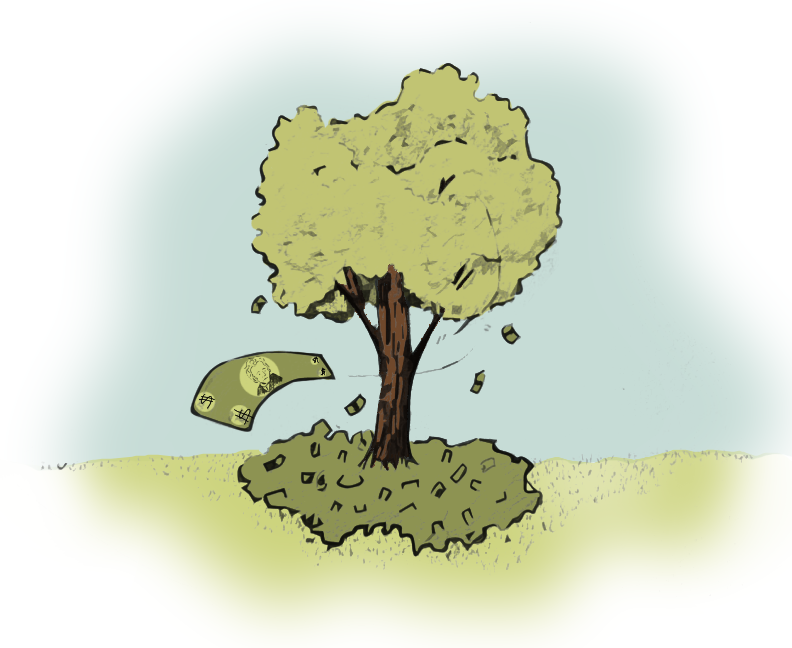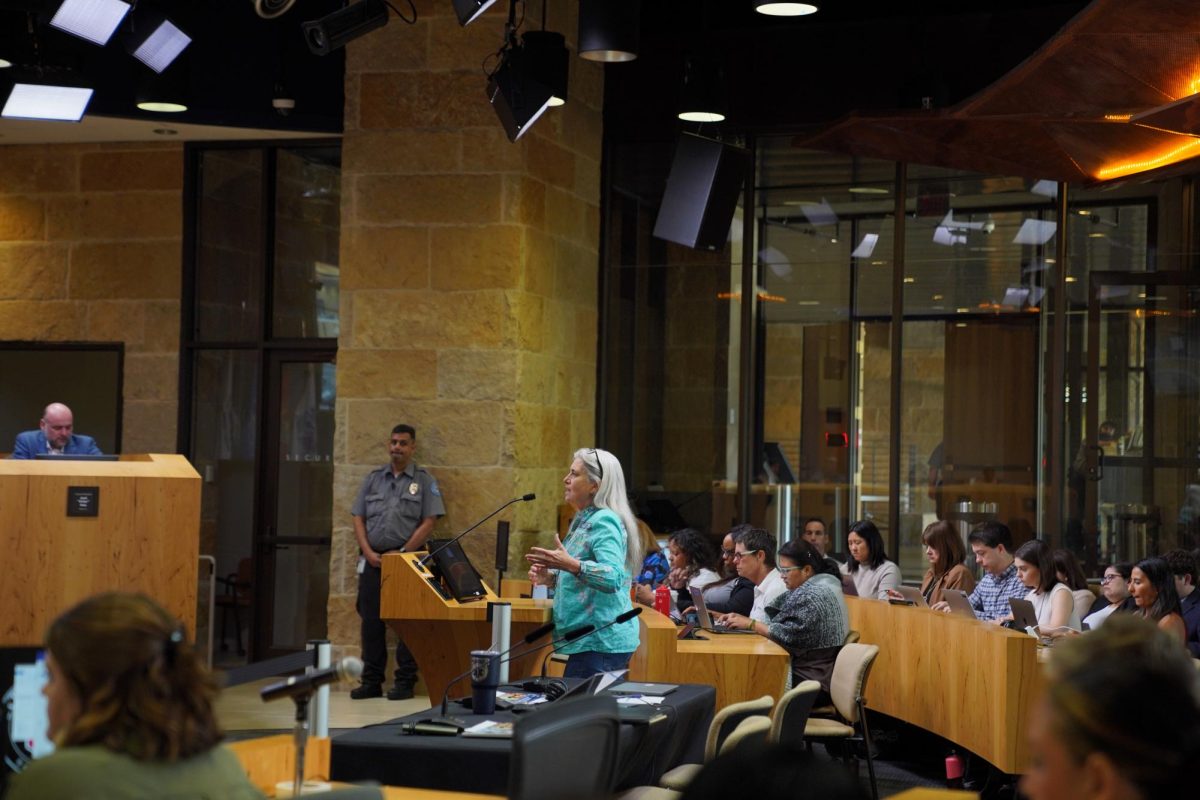Although Austin is improving its water conservation practices, water rates increased about 13 percent in the last year, according to Austin Water Utility officials.
Austin’s water prices are rising as the city continues into its sixth year of a historic drought. The city, as well as the rest of the county, is in a “conservation conundrum,” said Daryl Slusher, assistant director of Austin Water Utility.
“When you drop your water use, everybody still uses water, so you still have to have the same treatment plants, still have to get water to everyone in town,” Slusher said. “You use less chemicals to treat water and less electricity but nowhere near the loss in revenue.”
To keep rates stable, Austin Water increased “fixed fees,” the constant fees that appear on Austin Water customers’ bills every month, Slusher said.
“As recently as 2011, only 13 percent of our revenue was fixed fees,” Slusher said. “At the same time, we’re really dropping our water use. That gave us serious financial shortfalls. So by going up on fixed fees, we’ve now raised fixed revenues up to 20 percent. Our business plan is to go up to 25 percent over the next couple of years. Now it’s $11 instead of $7 per month [for residential customers].”
The City will continue to enforce water restrictions, including prohibiting car washes at home and serving water at restaurants unless a customer specifically asks for it. Along with enforcing water restrictions, Austin Water announced on April 21 the launch of a mobile app to a limited audience to study people’s water usage.
“We are testing an app … for about a year and making sure it works,” Austin Water spokeswoman Jill Mayfield said. “Ten-thousand people will be invited to use it out of random sampling. We will be looking at people’s habits — did they change, did they save water because of this?”
Stephanie Hamborsky, Plan II and biology junior and UT Microfarm development assistant, said water restrictions are a step in the right direction, but she would like to see more stringent enforcement.
“I think it’s important the City cracks down on usages of water that are not necessary,” Hamborsky said. “A lot of people have concerns about individual freedoms and rights, but unless we want to prevent the drought from worsening, we need to do things now. The rising cost of water is a problem, especially for economically disadvantaged citizens in Austin. But I do think that if we increase water price, people will realize it is a precious resource.”
UT Microfarm uses water conservation practices, as do many farmers around Texas, Hamborsky said.
“We use drip irrigation to minimize water use,” Hamborsky said. “It allows water to be delivered to the base of the plant, and you minimize water loss. We also use ollas — these ceramic pots that we fill with water and put them underground and they slowly leech water out underground. Farmers in Texas really utilize these types of things. Rainwater collection is common in urban farms and farms in general.”




















